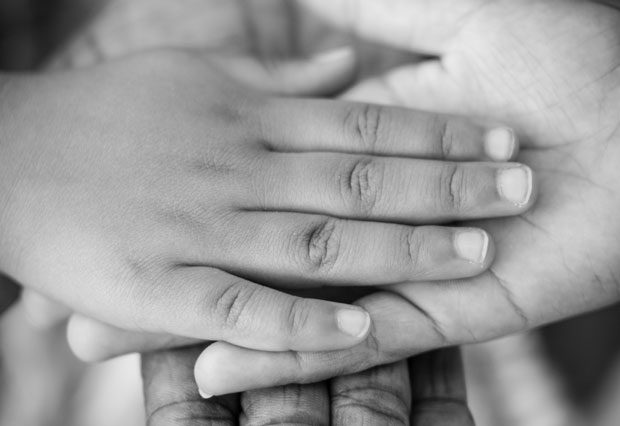How To Teach Children About Poverty
How To Teach Children About Poverty
Poverty is a complex topic to tackle from an adult perspective, so you can imagine that unpicking it in a way that a child can understand is even trickier. Even with the challenges involved, it is still essential to ensure that youngsters are taught about this issue in a sensitive, suitable way.
So what are the best methods and approaches to helping children learn about poverty and what are the benefits associated with taking the time to teach them?
- Adjust The Content To Suit The Child’s Age
When discussing poverty with a young person, you need to always be aware of their age, not just because this will help you choose the most appropriate ways to express the ideas and realities, but also because you should aim to achieve this in a manner they can comprehend.
There is little question that some of the intricacies of the experience of living in poverty are too traumatic for children below a certain age and maturity level to be exposed to. Of course each child is different, so be sure to take into account the abilities, emotional state and comprehension skills of the individual before pushing forwards.
- Embrace Emotional Responses
Teaching children about poverty helps to foster empathy. It’s clear that there are many people across the world less fortunate than us, and it’s important to be proactive about empowering people living in poverty. Seeing children in need, and those actively seeking sponsors (for example via Compassion UK) can help children be more proactive in their reaction to hearing about those less fortunate than themselves in other parts of the world.
An equally valid response is one of raw emotion; children might become upset, frustrated or otherwise charged with feelings when they find out about the injustices of inequality. The role of the adult instructor in this case is to ensure that the kids also feel able to take this and channel it into something useful, rather than allowing it to fester or be suppressed.
- Make Tangible Comparisons
If children are purely learning about poverty as it applies to people living in developing nations, the concept can feel incredibly remote. Rather than allowing its impact to be dampened by distance and difference, it is worth demonstrating that the issue is closer to home than they might think.
Explaining that millions of children just like them live in poverty in some of the richest countries on the planet can be helpful. Highlighting how this can be encountered at first hand is even more useful as a learning tool.
Homelessness is an unfortunately all too common example of domestic poverty that exists in most communities. This can be used to make a tangible comparison that children will be able to understand and empathise with because it is right on their doorstep.
- Encourage The Spirit Of Giving
The primary purpose of teaching children about poverty is not just to expand their capacity for empathy, but to ensure that this innate quality can be expressed through generosity. If someone is in the position to give, they should be enticed to do so at a young age so that they can learn that this is an important part of living in a civilised society.
Charitable giving continues to generate hundreds of billions of dollars in donations each year, but there is a downward trend in the number of individuals choosing to contribute. This can be reversed if you make sure that when kids learn about poverty, they are also provided with the advice they need to tackle it themselves.
Guest Article.








